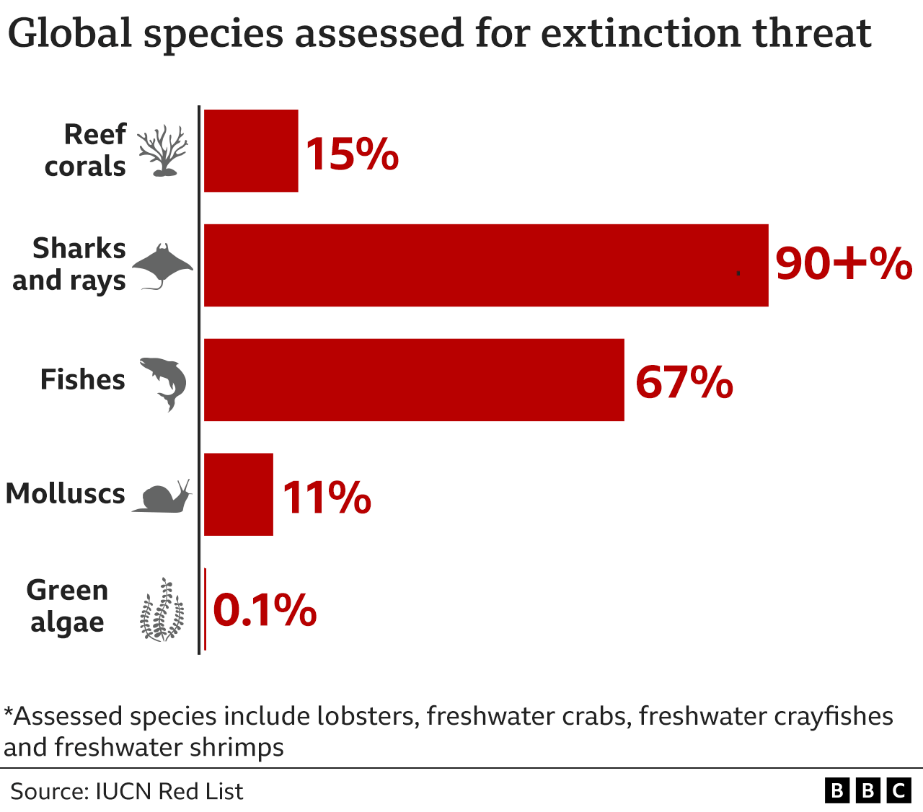



PERSPECTIVE|HIGH SEAS TREATY
Introduction
What are the high seas?
Why is the treaty needed?
Which marine species are at risk?

What will the treaty do?
How will the High Seas Treaty protect marine life?
What else is in the treaty?
Significance of the new Treaty
A new research frontier
https://sansadtv.nic.in/episode/perspective-high-seas-treaty-09-march-2023
© 2025 iasgyan. All right reserved